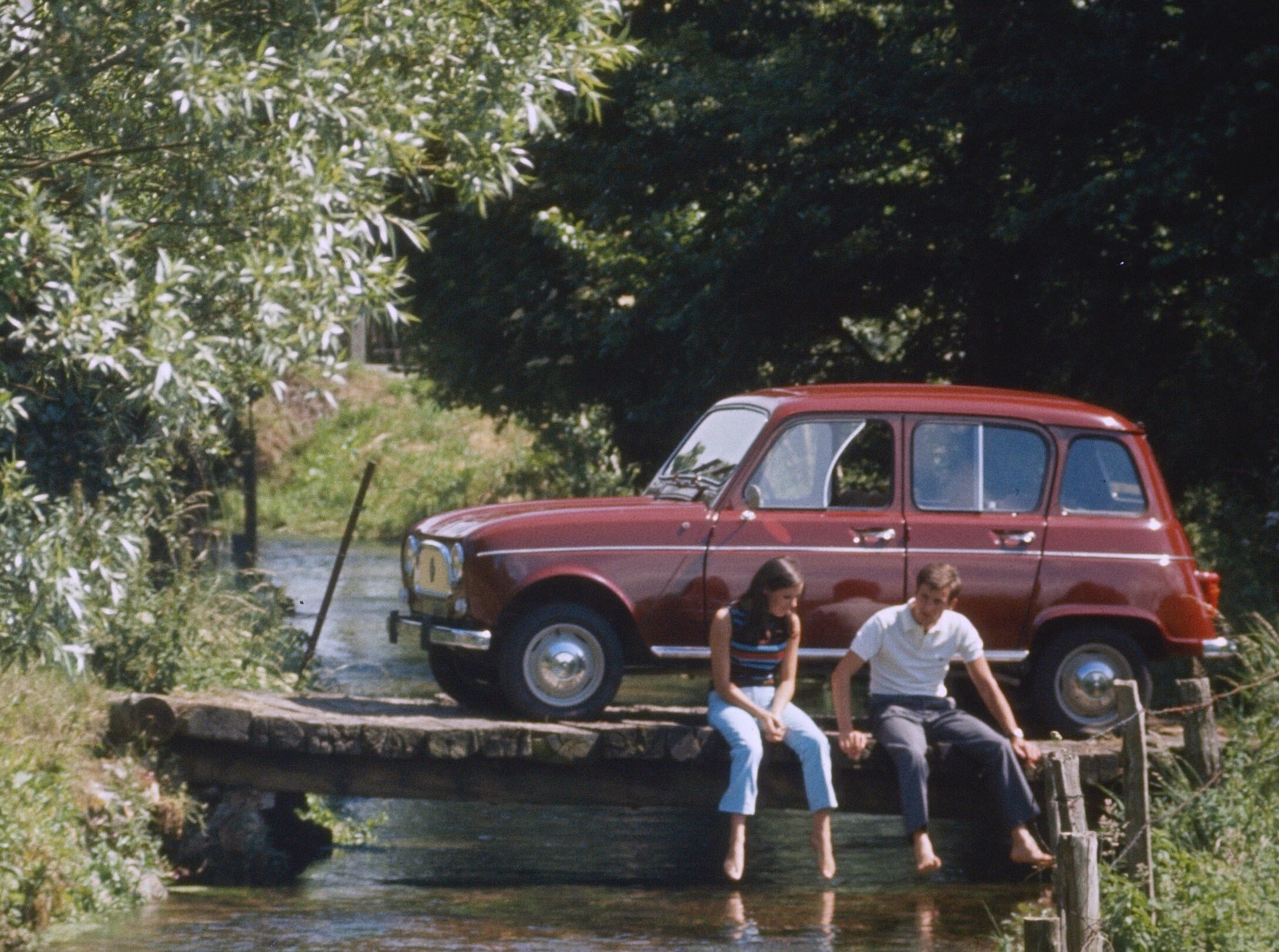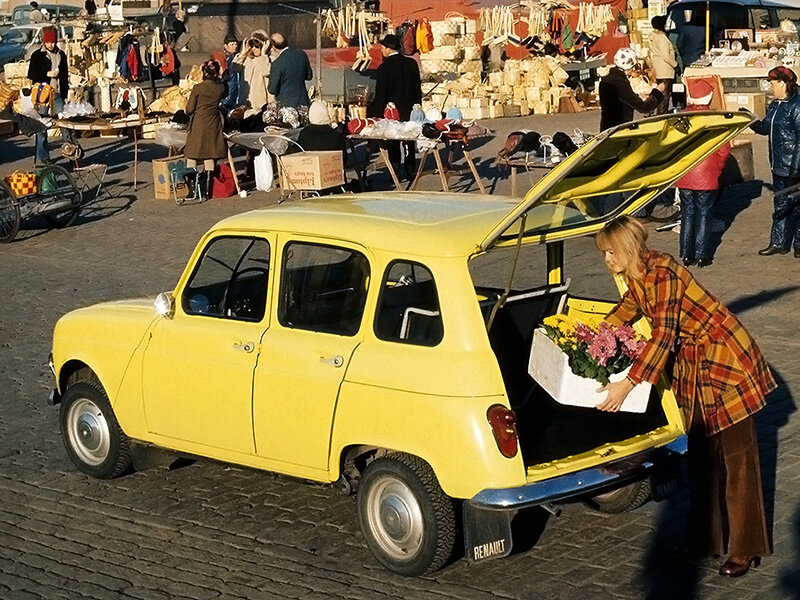Launched in the summer of 1961 as a retaliation to the ever popular Citroën 2CV, the Renault 4 went on to beat its rival by some margin. Here’s why in the great French classic battle, Renault beats Citroën.

Renault 4 in a suitably rural setting
► Celebrating the Renault 4’s sales achievements
► It comfortably outsold the Citroen 2CV
► Search for Renault 4s on Classic Cars for Sale
Folklore dictates that the Citroën 2CV remains the most produced car in French automotive history, but this isn’t quite true. In reality, the humble Renault 4 is the highest produced French car of all time - with close to 8.5 million examples leaving the factory gates in various countries; from Ireland, Italy and Chile to Morocco, Portugal, Spain and France - but to name a few.
While the 2CV may remain the cherished idiosyncratic poster car for France as a nation, behind the scenes you’ll find the true hero still hard at work on farms and in rural areas of Europe - and for good reason. Besides being practically indestructible and capable of intergalactic mileage, the benefit of driving a Renault 4 over the cosseted 2CV was being able to relish the extra cabin room on offer, enjoy a more conventional driving experience and appreciate the wide-opening hatchback for maximised practicality.
Six engines were on offer, from a minute 603cc unit offering the lethargic yet indefatigable clout of Jacques Chirac to a 1108cc engine capable of 70mph and a 0-60mph sprint in less than 30 seconds. This may appear laughable, but for an early humble 1960s workhorse this was rather admirable. Here we had a Land Rover-esque labourer that ate next to no fuel, and could nip around town without molesting your clutch leg, wrapped up in a cute bodyshell that melted even the frozen heart of Jean Bastien-Thiry. It’s no wonder that over a 31-year career so many were sold.
Surprisingly sophisticated action from Renault
Yet, despite looking as simple as Boris Johnson, there were some complex attributes to the DIY-friendly mechanicals. While the front-wheel drive format was undoubtedly ahead of the curve, some other aspects didn’t offer the same level of minimalism. The gearstick was located deep within the dashboard set-up due to the engine sitting rearward of the actual gearbox itself, which provided wonderfully direct selection but meant tricky business when something went wrong in the gear linkage.
However, the weirdest aspect was that there was a different wheelbase on each side of the Renault 4. This was no shoddy British Leyland style production error; it was a perfectly calculated move on the engineers’ behalf. As the rear torsion bars were located one behind the other, the wheelbase was elongated slightly on the right side of the car - adding to the overall quirkiness oozing out the post-war design.
There were a number of variants on offer, akin to its 2CV rival, including a beach buggy, a 4x4 and a van. Then there was the budget Renault 3, basically a stripped down and short-lived variant of the iconic Renault 4 shape. Born of the early 1960s, the little 4 survived until 1993 before the Twingo took the reins as Renault’s fine handling supermini.
Although designed more than 60 years ago, when you jump behind the wheel of the plucky Renault 4 all those issues of keeping up with modern turbodiesels melts away. The power may be asthmatic and crash protection non-existent, but as a simple, utilitarian, charismatic blast from the past it takes the podium as so enigmatic that you can’t help but laugh and smile at everything modern roads throw at you.
The Citroën 2CV may have the image, but the Renault 4 has the guts.

Renault 4 had a hatchback before the term hatchback was invented